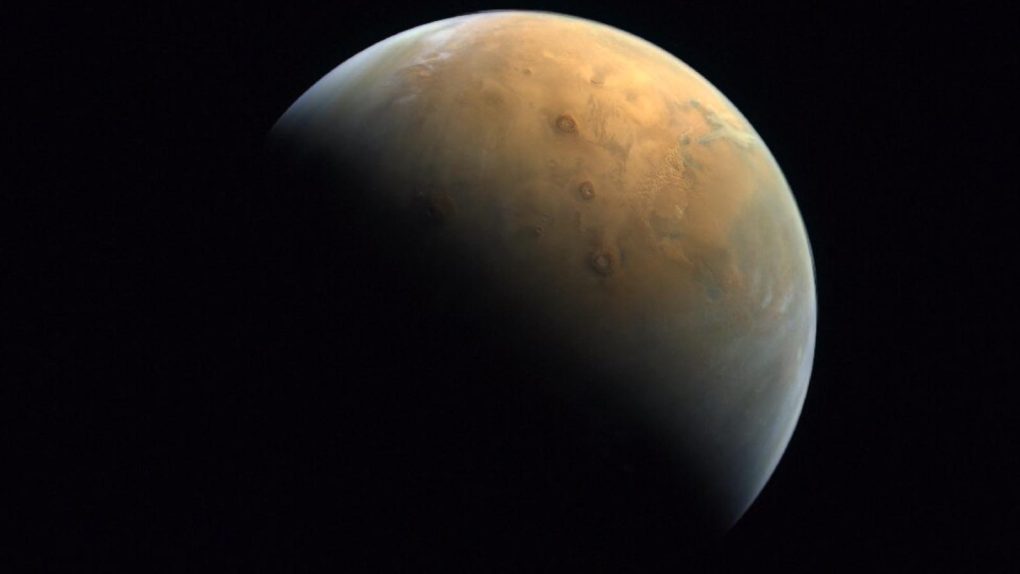We’ve already seen geological evidence that suggests Mars could have been habitable billions of years ago. A new study in the Journal of the Geological Society could call that evidence into question, though.
Some of the fossils found on Mars thus far could be made up of non-living processes, researchers say. The study notes that there are multiple ways that non-biological processes could create the rocks and fossils that NASA and scientists have been pouring over for years.
Is the theory of life on Mars based on fake fossils?

The Journal of the Geological Society published the study on Wednesday. It notes that possible fossils used to fuel scientists’ theories could be non-biological in nature. The astrobiologists at the two universities reviewed evidence of the known processes. They found that they could create lifelike deposits in rocks on Mars. Based on this new information, non-biological processes could be responsible for some of the fossils we’ve found in the past. It’s unclear how many (if any) might have been created with those processes.
This doesn’t completely discount the theory that there was once life on Mars. We’ve seen other claims that Mars has living microbial life, as well as fungi. NASA also made use of its Perseverance Rover earlier this year to explore the surface of the planet. That particular rover is able to collect samples, analyze them, and send them back to Earth.
Once returned, those samples could provide further proof of life. They could also help scientists find better ways to prove that the samples collected are real fossils. For now, though, we shouldn’t assume that every “fossil” is real and proof of life.
Creating better strategies to prove the possibility of life on the surface of Mars

In the study, researchers Sean McMahon and Juli Cosmidis note that we should strive to prove without a doubt that they are fossils, and not created by non-living processes. This is so important, they say, that missions in the future will rely on the way scientists validate new samples.
“It is often acknowledged that the search for life on Mars might produce false positive results, particularly via the detection of objects, patterns or substances that resemble the products of life in some way but are not biogenic,” the study’s abstract reads.
“If evidence of life is really present in the materials that either the Rosalind Franklin or Perseverance rover brings to light, there is now a good chance that we will find and recognize it. What concerns us here is the risk of false positive errors in the detection of life, specifically those arising from the misinterpretation of abiotic geological and chemical features that are misleadingly life-like (rather than analytical false positives or spacecraft contamination).”








